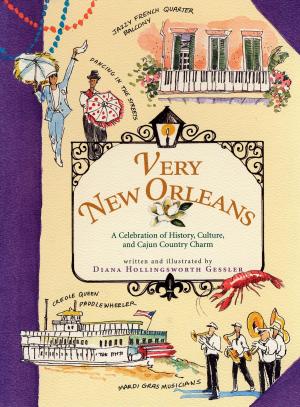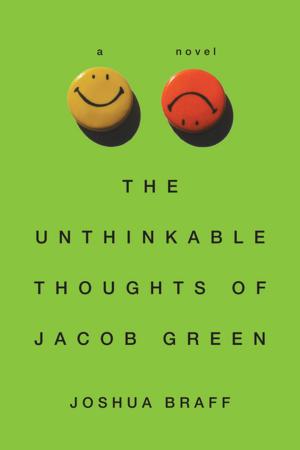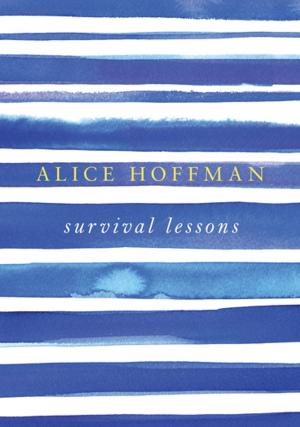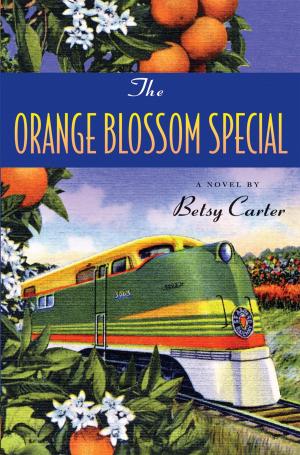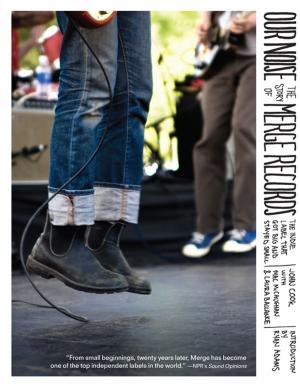| Author: | Hugh Nissenson | ISBN: | 9781565128880 |
| Publisher: | Algonquin Books | Publication: | June 1, 2001 |
| Imprint: | Algonquin Books | Language: | English |
| Author: | Hugh Nissenson |
| ISBN: | 9781565128880 |
| Publisher: | Algonquin Books |
| Publication: | June 1, 2001 |
| Imprint: | Algonquin Books |
| Language: | English |
Even before his birth, Johnny Baker's life is in danger. His mother breaks the law when she has her fertilized egg endowed with genes that will give her son the potential to become a visual artist. Born in 2038, John Firth Baker is the first genetically engineered artist. At the age of nineteen, at the threshold of his career, he is murdered. Now, ten years after his death, Baker has become famous. An art curator has organized a show of his work, and his biography-culled from journals, e-mails, and interviews with those who knew him best-is published. The Song of the Earth is this "biography." It presents a powerful and haunting portrait of an artist as a young man in the twenty-first century.
Baker is born into a world transformed by technology: genetic profiles, space travel, and controlled housing communities are commonplace. Global warming has altered the environment. A planetary gender war is raging, familial structures are shattered, and new religions contend with the old. Yet human needs remain the same: the search for love, the desire for approval, the longing for fame, and the quest for knowledge. The Song of the Earth is a hypnotic novel about our desire to control our destinies, our yearning for immortality, and the very human impulse to create art. With prose, poetry, and images, Nissenson tells an original tale that brilliantly captures the experience of another time and place.
Even before his birth, Johnny Baker's life is in danger. His mother breaks the law when she has her fertilized egg endowed with genes that will give her son the potential to become a visual artist. Born in 2038, John Firth Baker is the first genetically engineered artist. At the age of nineteen, at the threshold of his career, he is murdered. Now, ten years after his death, Baker has become famous. An art curator has organized a show of his work, and his biography-culled from journals, e-mails, and interviews with those who knew him best-is published. The Song of the Earth is this "biography." It presents a powerful and haunting portrait of an artist as a young man in the twenty-first century.
Baker is born into a world transformed by technology: genetic profiles, space travel, and controlled housing communities are commonplace. Global warming has altered the environment. A planetary gender war is raging, familial structures are shattered, and new religions contend with the old. Yet human needs remain the same: the search for love, the desire for approval, the longing for fame, and the quest for knowledge. The Song of the Earth is a hypnotic novel about our desire to control our destinies, our yearning for immortality, and the very human impulse to create art. With prose, poetry, and images, Nissenson tells an original tale that brilliantly captures the experience of another time and place.

